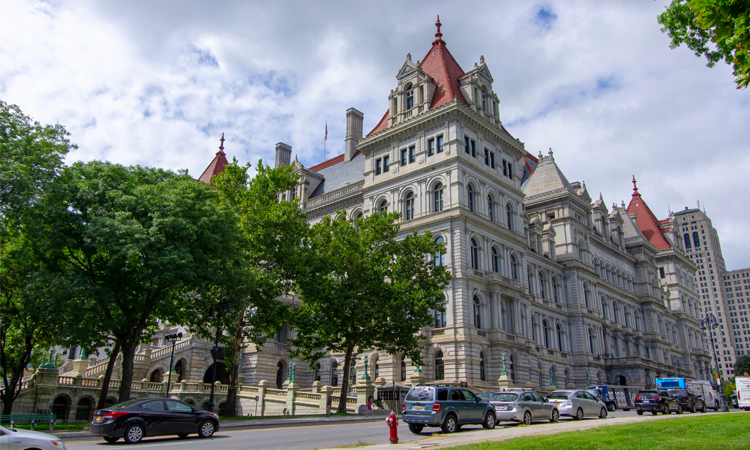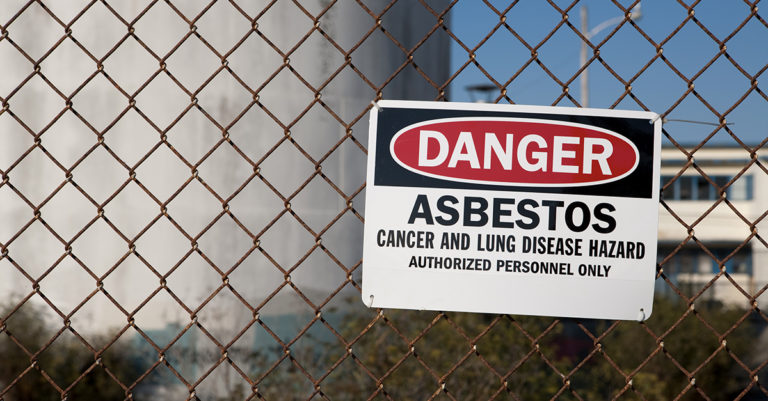
For thousands of survivors who were sexually abused by members of the New York clergy, the battle for justice has taken a big step forward.
In a landmark step forward Monday, the New York Senate voted to pass the Child Victims Act – legislation that would extend the state’s statute of limitations that prevents older survivors from suing the Catholic Church. Those who survived sexual abuse as children will now be able to file civil claims against their abusers until age 55, up from a previous age limit of 23. In addition, any victim may file a civil claim for sexual abuse without regard to the victim’s age or to the date of the abuse for up to one year.
The bill, sponsored by Manhattan Democrats Brad Hoylman and Linda Rosenthal, was years in the making.
A Unanimous Vote in the Senate
Passed in the New York State Assembly by wide margins in 2017 and 2018, the Child Victims Act was blocked both times by the Republican-controlled state Senate. That was after more than a decade of opposition from the Catholic Church, which successfully lobbied to keep versions of the Act bottled up.
When New York Democrats regained the Senate majority last year, Archbishop of New York, Cardinal Timothy Dolan, called for a measure that wouldn’t bankrupt the Church.
“The emphasis must be on helping [survivors] heal, not breaking government, educational, health, welfare or religious organizations,” Dolan wrote in an op-ed this month.
But at the state Capitol on Monday, where clergy sexual abuse survivors shared their devastating experiences before celebrating the bill’s passage, Child Victims Act advocates argued that such legislation is long overdue. The vote was passed 63-0.
Said Hoylman in a statement: “Today, in passing the Child Victims Act, we are finally telling the survivors: The State of New York and the full force of its law is behind you, and you will not be turned away.”
As well as increasing the statute of limitations to age 55 in civil cases, the Child Victims Act includes provisions to allow:
- Clergy sexual abuse survivors to bring criminal cases until age 28.
- A one-year window for people of any age or time limit to sue private and public institutions, including those who couldn’t sue before now.
- Those who were abused at a public institution to file a Catholic Church sex abuse lawsuit without having to file a notice of claim (previously required by law to notify the government that you suffered an injury within three months after the injury occurred).
These provisions are groundbreaking for several reasons. Most importantly, the Child Victims Act gives survivors fresh hope for justice and respect, even for abuse that may have occurred decades ago.
The one-year window, in particular, will go a long way to restore justice to anyone previously refused it. Experts expect this will open the floodgates to litigation, which would not only help expose the true extent of sexual abuse in the Church but might move other states to action.
“The fact that New York has stepped up and vastly improved its statute of limitations helps to pave the way for other states who haven’t yet taken steps to improve their statute of limitations,” said Stephen Forrester, director of government relations and administration at the New York Society for the Prevention of Cruelty to Children.
Many states already allow survivors to sue decades after they were abused. Oklahoma, for example, allows survivors to come forward until age 45 in both civil and criminal cases. Not so in other states. In Pennsylvania, for example, narrower statute limits explain (at least in part) how Catholic dioceses were able to bury at least 1,000 cases of child sex abuse, as a report revealed last year. Only two of the 300 “predator priests” named in these cases were charged with crimes.
In cases of child sexual abuse, a long statute of limitations is crucial, experts argue. According to Child USA, the majority of child sexual abuse survivors choose not to report until the average age of 52, if at all. And in clergy cases, there are many reasons why some don’t: prolonged or delayed trauma, confusion about what happened or fear that allegations against trusted church leaders won’t be believed.
Survivors need time to come forward to report their abuse. This law will give them that time.
“This is a historic day for New York as lawmakers choose children over predators,” said Rosenthal at the conference.
New York Governor Andrew Cuomo is expected to sign the bill into law soon, according to his office. Survivors will be able to start filing claims six months later when the one-year window begins.




